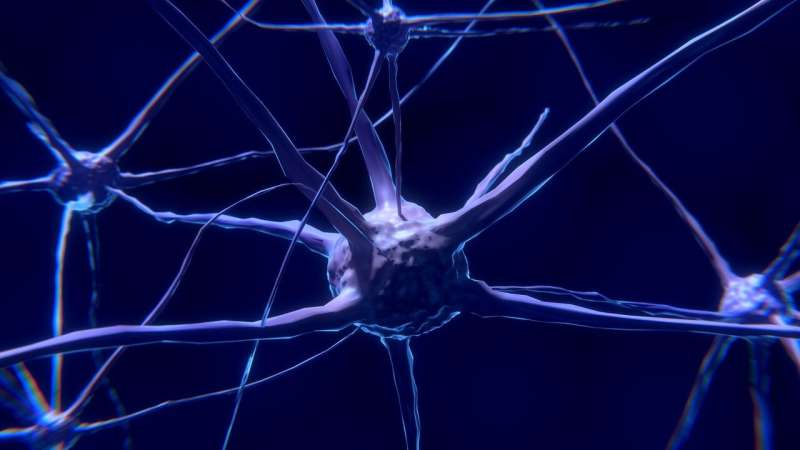Credit: CC0 Public Domain
Researchers have identified a major shift in how to treat brain injuries, after rejuvenating immune cells to support the repair process.
The University of Queensland study focused on the brain's learning and memory centre, the hippocampus, and its unique ability to produce new brain nerve cells during adult life, which is critical for learning.
The team used animal models to investigate how the immune system interacts with brain nerve cells after injury and how this influenced the ability to learn and remember.
UQ School of Biomedical Sciences and Queensland Brain Institute researcher Dr. Jana Vukovic said up until now, the brain's immune cells, known as microglia, were considered to drive inflammation, resulting in cognitive deficits after injury.
"However, when we removed microglia from mice we were surprised that there was absolutely no change in their behaviour or ability to repair brain tissue," she said.
Dr. Vukovic's team then depleted microglia and allowed them to repopulate the brain, finding this profoundly increased brain repair.
"The rejuvenated microglia improved the mice's learning and memory, preserved tissue loss and stimulated the birth of neurons," said Dr. Vukovic.
"We have shown that microglia, in part, have been misunderstood and that we need to learn more about how they support and stimulate pathways to promote repair."
Brain injuries impact on a person's ability to concentrate, make decisions, learn and remember, and can range from mild to severe, and be short-term or permanent.
Ph.D. candidate Emily Willis said the findings may lead to the development of therapeutics that alleviate learning and memory deficits associated with a wide range of neurological conditions, such as brain injury and dementia.
"It's no longer about inhibiting microglia's pro-inflammatory elements, it's about finding a way to shift them to a state that supports brain repair," Ms Willis said.
The study was published in the Cell.
More information: Emily F. Willis et al, Repopulating Microglia Promote Brain Repair in an IL-6-Dependent Manner, Cell (2020). DOI: 10.1016/j.cell.2020.02.013
Journal information: Cell
Provided by University of Queensland
























